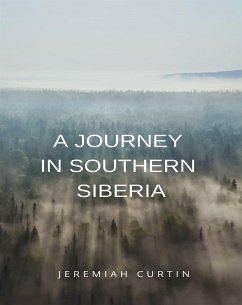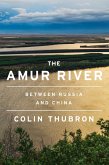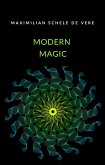- This edition is unique;
- The translation is completely original and was carried out for the Ale. Mar. SAS;
- All rights reserved.
A Journey in Southern Siberia is a book by American folklorist Jeremiah Curtin, first published in 1909. Curtin embarked on a journey to central Siberia in 1900 with the intent to delve into the religious and folkloric traditions of the Buryat people. Hailing from the lineage of Mongols, who once held dominion over vast expanses of Asia, Europe, and India, the Buryats call the region surrounding Lake Baikal in central Siberia their home. The initial portion of Curtin's narrative serves as a captivating travelogue, offering a window into Tsarist Siberia just prior to the onset of the Revolution. The latter part of his work unfolds as an extraordinary chronicle of Buryat mythology, showcasing narratives of profound intrigue reminiscent of the fluid, dreamlike storytelling found in Native American lore. Amongst the diverse tapestry of tales lie motifs resonant with themes echoed across Asia and Europe, including epic equine figures, sacrificial rituals involving horses, confrontations with giants, the symbolism of a World-mountain, and the pursuit of 'the water of life' akin to themes in ' The Epic of Gilgamesh'.
- The translation is completely original and was carried out for the Ale. Mar. SAS;
- All rights reserved.
A Journey in Southern Siberia is a book by American folklorist Jeremiah Curtin, first published in 1909. Curtin embarked on a journey to central Siberia in 1900 with the intent to delve into the religious and folkloric traditions of the Buryat people. Hailing from the lineage of Mongols, who once held dominion over vast expanses of Asia, Europe, and India, the Buryats call the region surrounding Lake Baikal in central Siberia their home. The initial portion of Curtin's narrative serves as a captivating travelogue, offering a window into Tsarist Siberia just prior to the onset of the Revolution. The latter part of his work unfolds as an extraordinary chronicle of Buryat mythology, showcasing narratives of profound intrigue reminiscent of the fluid, dreamlike storytelling found in Native American lore. Amongst the diverse tapestry of tales lie motifs resonant with themes echoed across Asia and Europe, including epic equine figures, sacrificial rituals involving horses, confrontations with giants, the symbolism of a World-mountain, and the pursuit of 'the water of life' akin to themes in ' The Epic of Gilgamesh'.









